In an era where digital innovation is the backbone of success, cloud transformation emerges as the pivotal force driving businesses into the future. This strategic shift from traditional IT infrastructure to cloud-based solutions unlocks unparalleled flexibility, scalability, and efficiency, enabling companies of all sizes to compete in the fast-paced digital marketplace.
Next, we’ll explore what cloud transformation entails and how this transformative journey can redefine the landscape of business operations and strategic development. Let’s begin, shall we?
Understanding Cloud Transformation
At its core, cloud transformation is about moving your business's heart and soul (data, applications, services) from traditional servers to the cloud. This isn't just a tech upgrade. It's a complete makeover in how your business uses technology to deliver value.
Think of it as evolving from a brick-and-mortar store to an online marketplace. This shift opens up new flexibility, scalability, and cost-efficiency levels. Whether you're a small startup or a big player, cloud transformation puts advanced technology within reach without breaking the bank.
But it's not all about the technology. It's also about rethinking your business models and processes. With cloud transformation, you can streamline operations, improve team collaboration, and enhance customer experiences. Imagine being able to deploy new features or services in hours instead of months or scaling your operations instantly to meet a surge in demand. Well, that's the power of the cloud.
Why It's a Game-Changer for Businesses
Cloud transformation is a big deal for several reasons. It allows businesses to move at the speed of thought, creating and rolling out new offerings faster. This agility is crucial in today's fast-paced world, where staying ahead of customer desires is critical.
Cost-wise, it's a saver. Imagine cutting the fat on IT expenses because you only pay for what you use. No more shelling out big bucks for server space you don't need. Plus, scaling up or down becomes a breeze. This financial flexibility is a boon, especially for small to medium businesses that must optimize every dollar.
Then there's the collaboration boost. Cloud platforms can enhance teamwork across locations and time zones, making it easier for your team to collaborate, share insights, and drive innovation. Whether your employees are in the office, at home, or on the other side, they can collaborate as if they were sitting side by side.
Security is another area where cloud transformation shines. With advanced encryption, regular security updates, and stringent compliance standards, cloud providers ensure your data is safe. This is especially critical in an era where data breaches can lead to financial loss and damage your reputation.
Different Types of Cloud Services
When we dive into cloud services, we see various options designed to suit different needs. Here's a breakdown:
- Infrastructure as a Service (IaaS). Think of IaaS as renting the land to build your dream house. You get the basic structure - servers, storage, networking hardware - but the rest is up to you. It's great for businesses that want control over their infrastructure without the hassle of managing physical hardware.
- Platform as a Service (PaaS). Moving up a level, PaaS is like getting a plot of land with the foundation already laid out. It provides a platform allowing customers to develop, run, and manage applications without dealing with the complexity of building and maintaining the infrastructure.
- Software as a Service (SaaS). The most user-friendly of the trio, SaaS offers a fully built house ready to move into. It delivers software over the internet on a subscription basis, fully managed by the provider. Think of tools like email, CRM, and productivity applications. It's ideal for businesses looking for ready-to-use solutions without needing installation, maintenance, or heavy lifting on the tech side.
Each type of service offers benefits, from flexibility and scalability to cost efficiency and ease of use, making it easier for businesses to find the perfect fit for their cloud journey.
The Role of Cloud in Digital Transformation
Cloud transformation isn't just a trend; it's the backbone of digital transformation. It enables businesses to shift gears from the traditional way of doing things to a more dynamic, digital approach. This shift is like trading in your old, reliable bicycle for a sleek, new electric bike. Suddenly, you can go further, faster, and with less effort.
This transformation involves leveraging technology to make better decisions, enhance customer engagement, and streamline operations. With cloud computing, accessing and analyzing big data becomes a breeze. You can gain insights into customer behavior, market trends, and operational efficiency in real-time, allowing for smarter, data-driven decisions.
Moreover, the cloud supports a culture of innovation and agility. It allows businesses to experiment with new ideas cheaply and with minimal risk. You can test new products, services, or business models in a live environment and get instant feedback, making it easier to adapt and evolve. This agility is essential in today's fast-paced business environment, where being first to market can make all the difference.
Overcoming Challenges in Cloud Transformation
While the journey to cloud transformation is packed with opportunities, it's not without its obstacles. Here's a look at some common challenges and how to navigate them:
- Security concerns. Migrating sensitive data to the cloud can raise security questions. It's crucial to choose cloud providers with robust security measures and to understand the shared responsibility model for security.
- Data privacy and compliance. Ensuring compliance with data protection regulations (like GDPR) is a must. Businesses must work with providers offering compliance guarantees and tools to manage data privacy.
- Complexity of migration. Moving existing systems and applications to the cloud can be complex. A detailed migration strategy, including hybrid clouds, can ease this process.
- Cultural resistance. Change is hard; some team members may need help moving to cloud-based systems. Ongoing education, communication, and involvement in the process can ease the transition.
- Skill gaps. Cloud transformation requires new skills and expertise. Investing in training for your team or partnering with cloud experts can fill this gap.
Addressing these challenges with careful planning, the right partnerships, and a clear strategy can turn potential roadblocks into stepping stones toward successful cloud transformation.
Future Trends in Cloud Computing
The horizon of cloud computing is expanding, with several exciting trends shaping its future. Let's explore what's on the rise.
The journey towards hybrid and multi-cloud environments is becoming more common. Businesses mix and match public and private clouds to create customized IT landscapes that fit their needs perfectly. This approach offers the best of both worlds: the security and control of private clouds with the scalability and innovation of public clouds.
Edge computing is another trend gaining momentum. As the Internet of Things (IoT) expands, processing data near its source reduces latency and improves performance, making real-time analytics and decisions possible for devices on the network's edge.
Serverless computing is reshaping how applications are developed and deployed. It allows developers to focus on writing code without worrying about the underlying infrastructure, as the cloud provider dynamically manages the allocation of machine resources.
These trends signal a future where cloud computing is even more integrated into business operations, driving efficiency, innovation, and growth. They highlight the cloud's evolving nature, adapting to meet the changing needs of businesses and their customers.
Conclusion
Cloud transformation is the linchpin for businesses looking to succeed in the digital era. While challenges exist, they can be managed and overcome with the right approach, paving the way for a smooth transition to the cloud.
As we look ahead, the future of cloud computing is bright, promising even greater possibilities for businesses ready to embrace this transformation. The journey may be complex, but the destination (a thriving, adaptable business) is undoubtedly worth the effort.


.jpg)






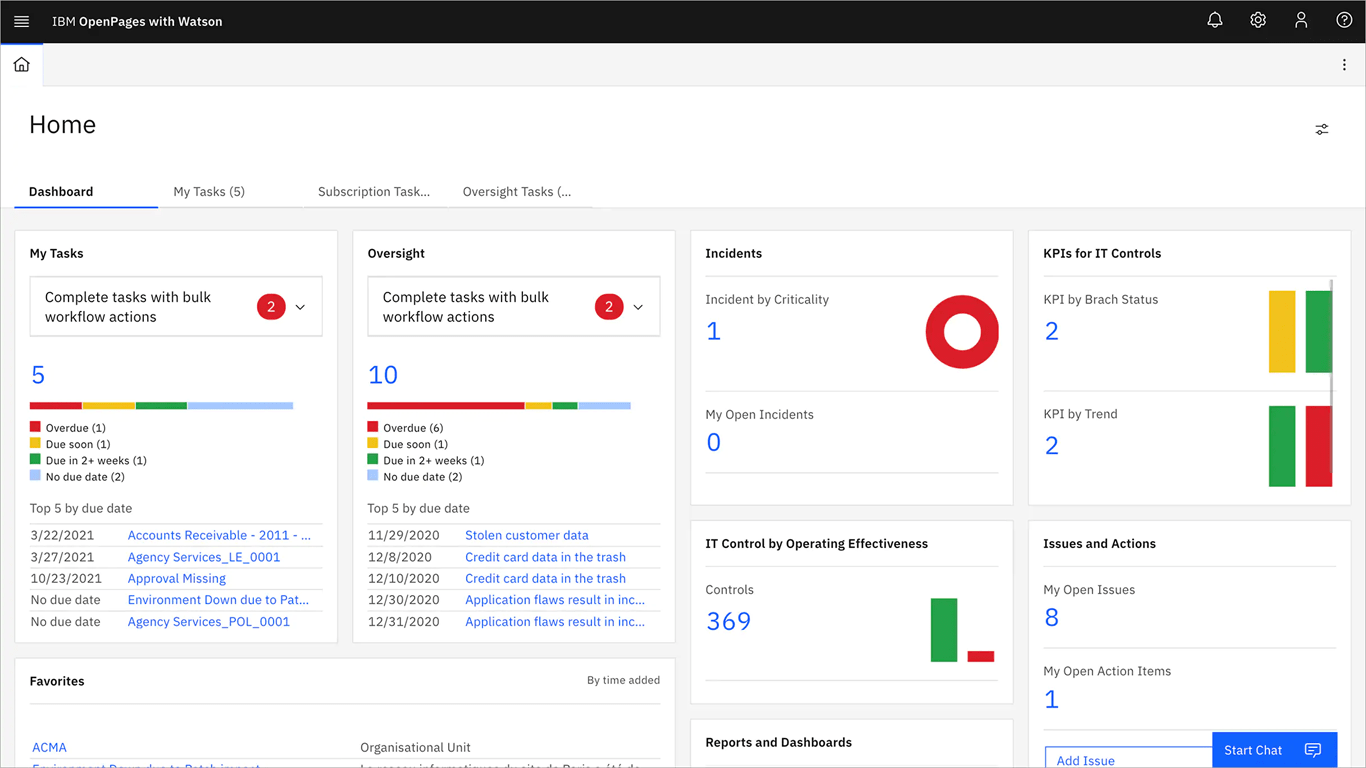











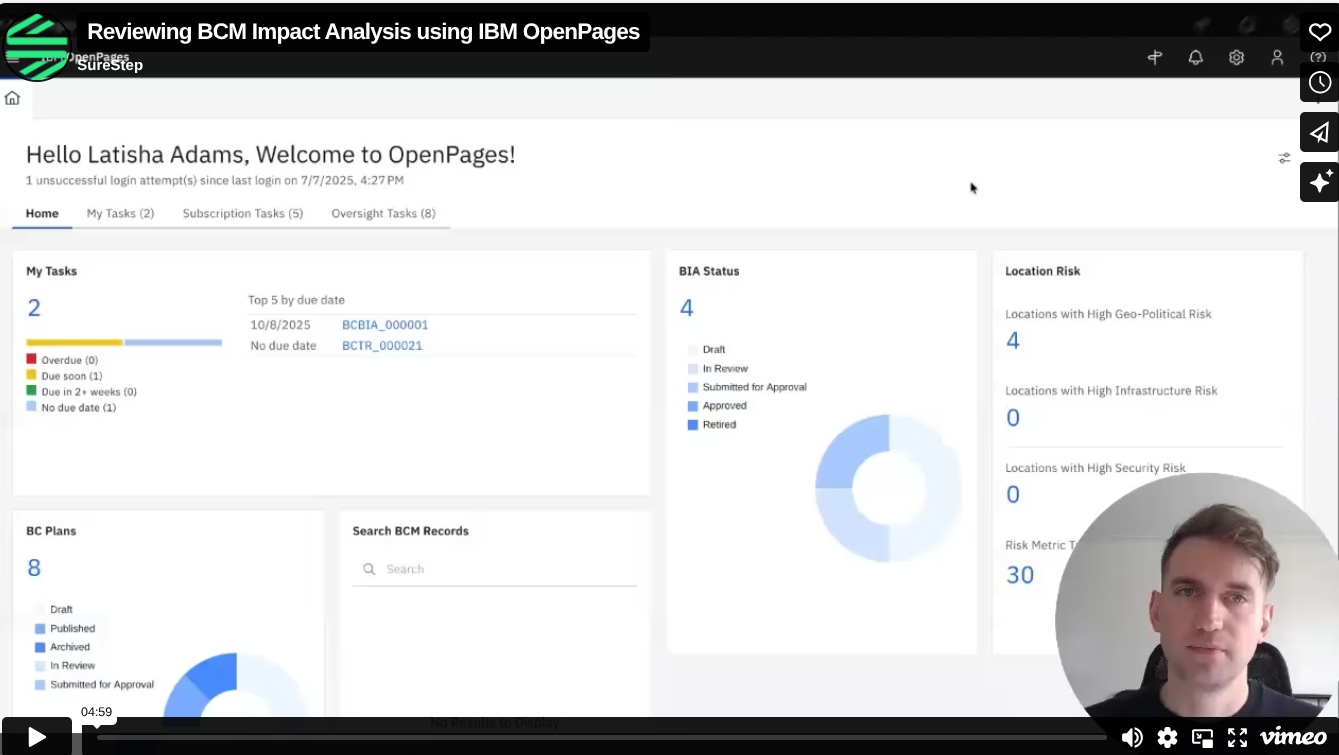






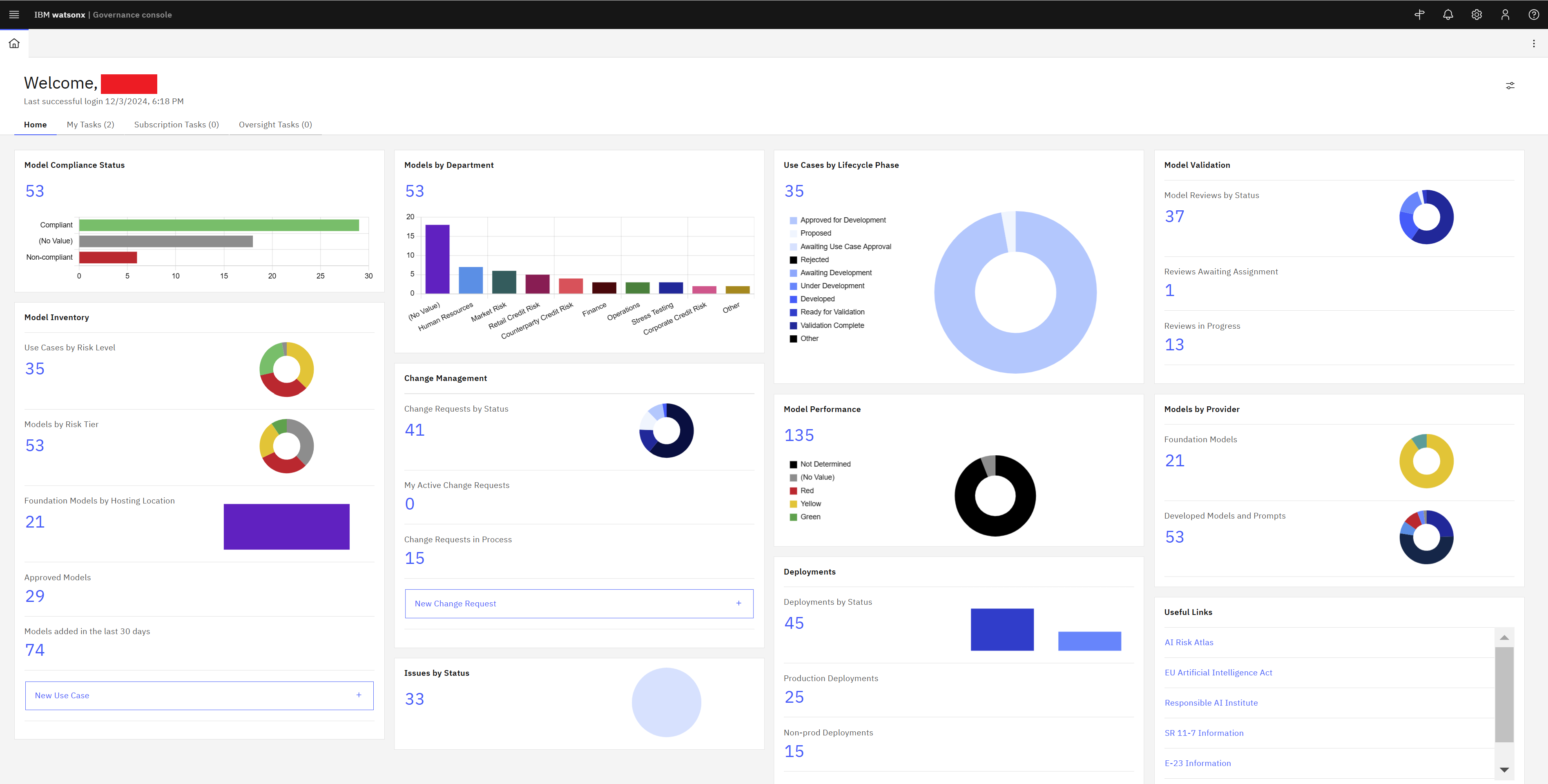

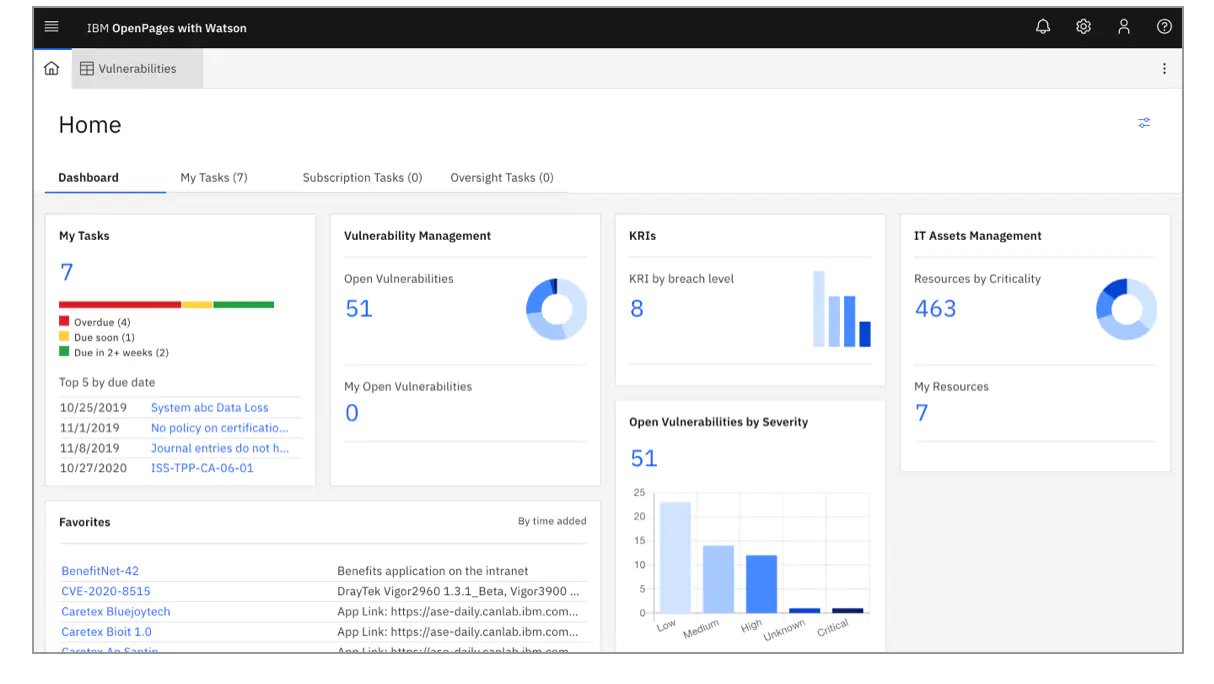
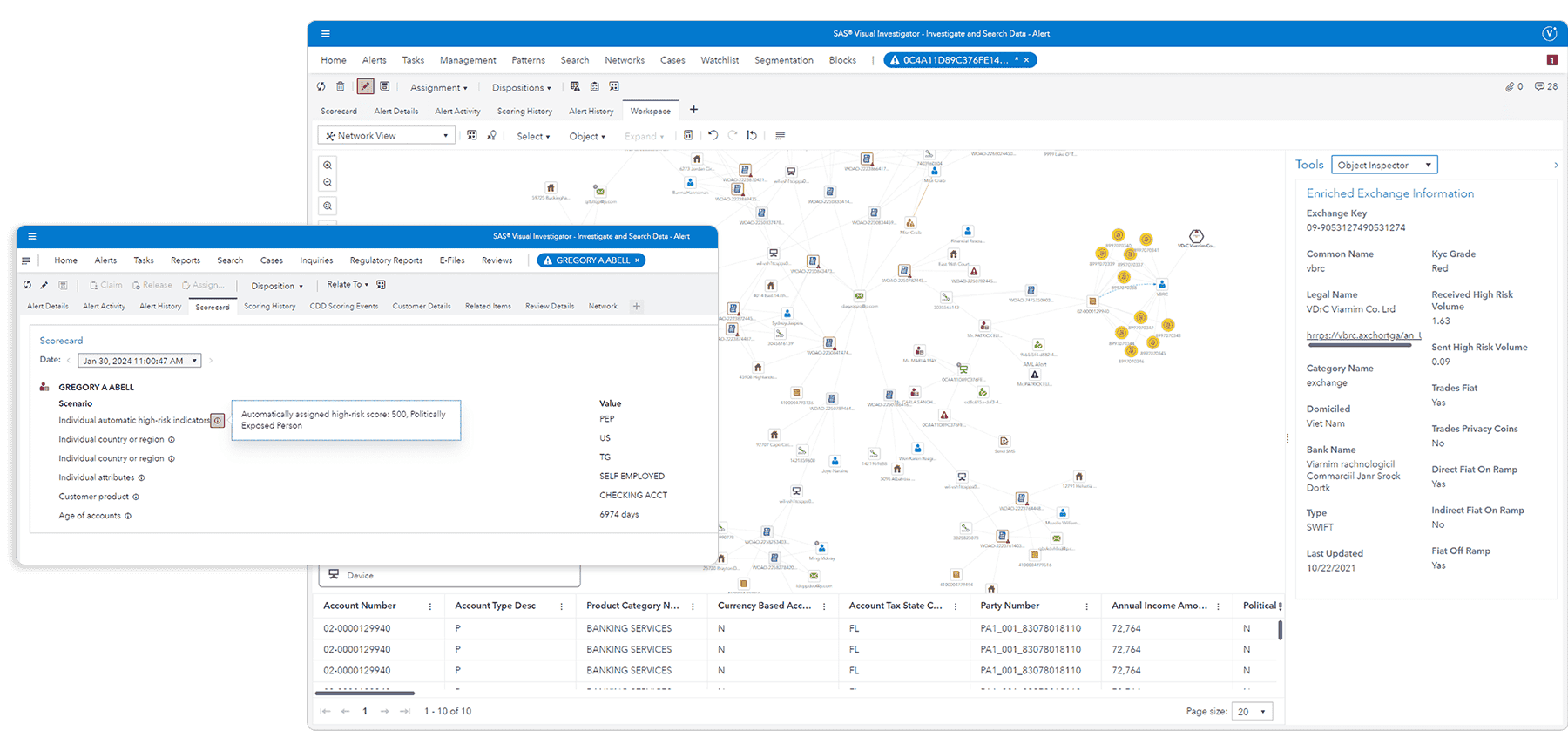

















.webp)

-1.jpg)










.jpg)



























.jpeg)







